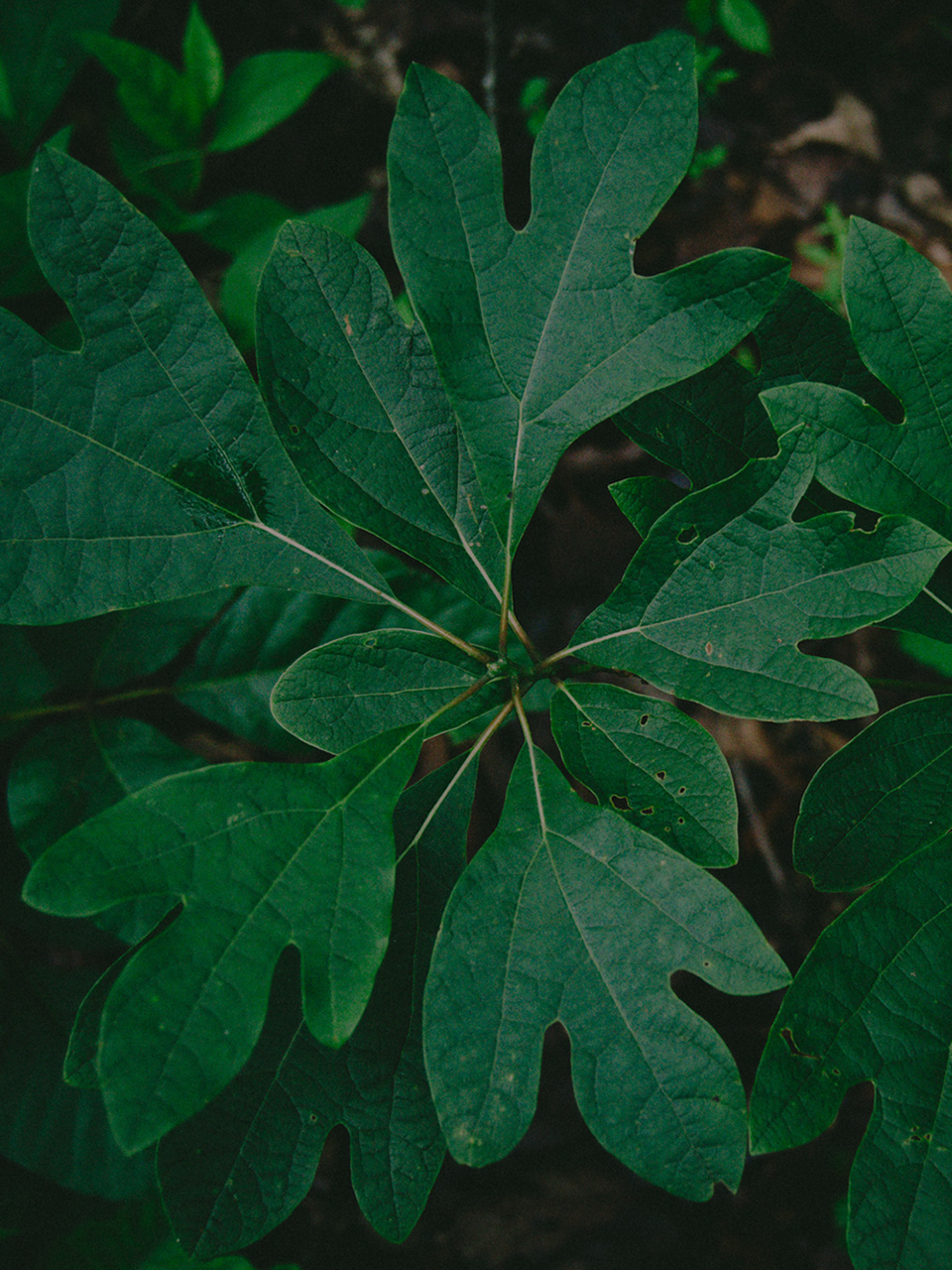
Tap to Read ➤
Sassafras Tea Recipe
Batul Nafisa Baxamusa

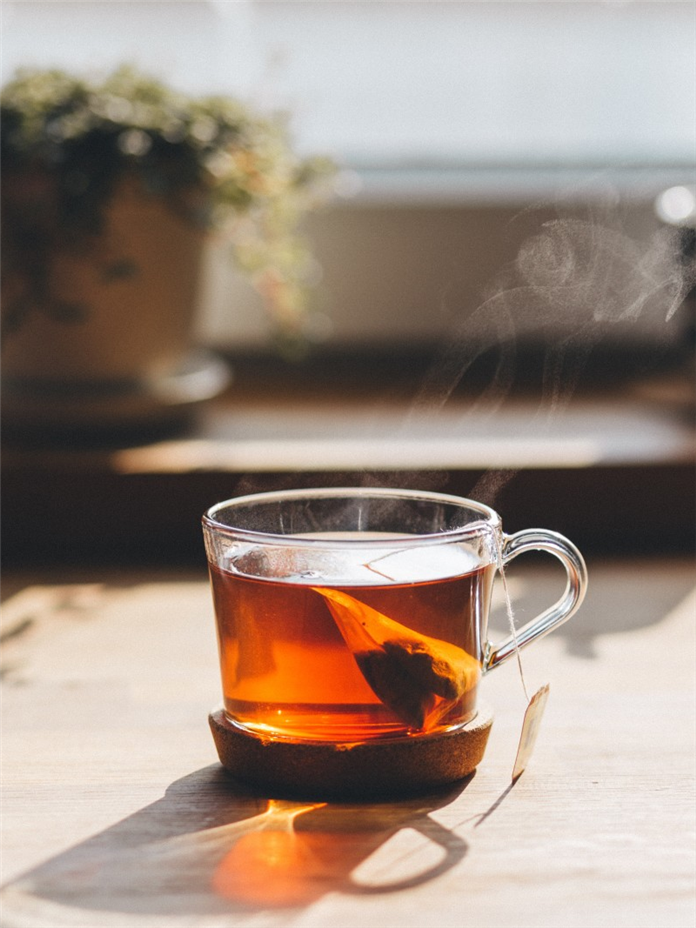
The Sassafras variety is a healthy alternative when compared to the other varieties of tea. Read on to know about its preparation, its various benefits and ill effects.

The botanical name for sassafras is Sassafras albidum, which is a deciduous ornamental tree. The tree's bark, roots, branches, leaves, flowers, and fruits all produce a pleasant spicy odor when crushed. The native Americans call the tree 'green stick' tree. This is because of the smooth, bright twigs of the tree.

The highly prized roots of the tree called 'pauame' by Native Americans, were imported to England. The tree's oil became popular and was used in flavoring root beer, soaps, perfumes, and even candies. It also earned a name in the European medicinal studies and was thought to have curative powers.

It became so popular in London, that a drink made of sassafras tea with hot milk called 'saloop' became a common sight on London's streets. There are many other names for it, like ague tree, root beer tree, saloop, and white sassafras.

To Begin With
If you have a sassafras tree in your backyard, then you can consider the following steps:
- During winters, when the sassafras tea root is full of sap, make a clean diagonal cut. Do not shock or disturb the roots from the tips, and do not take too much root from one side of the tree. Just pull the roots out gently, followed by cutting them.

- Once you have the roots, wash them under warm running water. Now cut the roots to about 2 to 3 inches in size.
- Keep the roots for drying in a cool, dark, and a dry place. Do not place them under direct sunlight, as the roots will lose their flavor.

- Dry the roots for at least a week, and ensure that there is no mottling or rotting of roots. After the roots have dried considerably, strip the skin of the roots using a small paring knife.
- Chop the woody part of the roots, as this is where the sap is stored in winters. Place them in an airtight bag; refrigerate until further use.
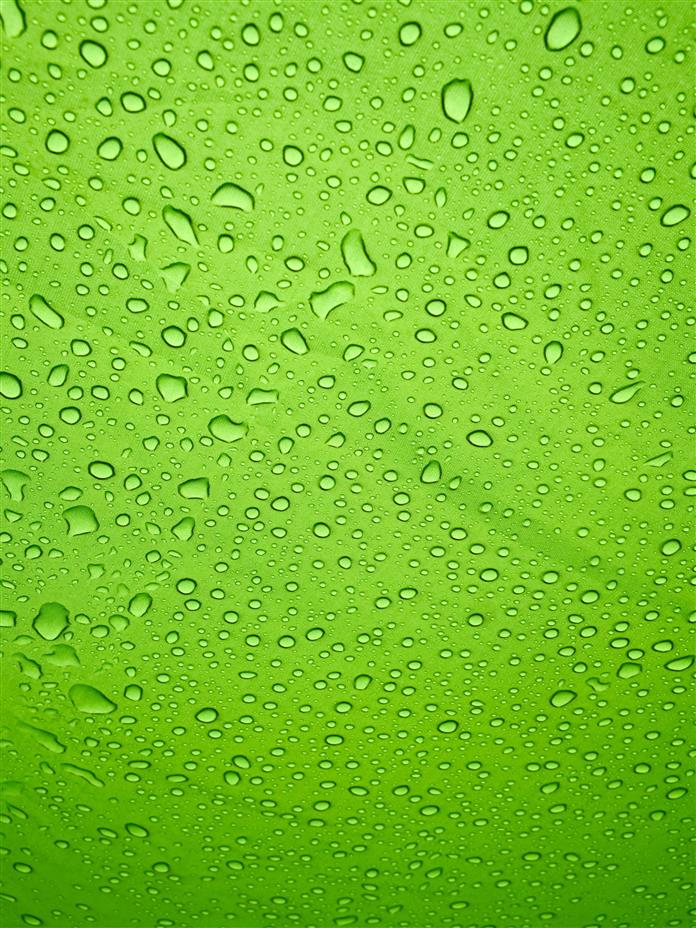
Recipe
Ingredients
- Sassafras Roots
- Water
- Sugar (optional)
- Lemon (optional)

Process
- Wash the roots and cut into pieces about 1 - 2 inches in length.
- Place it in a deep boiler and cover it with water. Bring the water to a boil and continue boiling for about 15 minutes.
- Strain the liquid and serve hot. If it has a very strong flavor, add hot water to dilute.
- Add some sugar and lemon for taste. You can even add ice to the glass, and pour the tea.

Health Benefits
- Sassafras tree oil is used to get rid of lice and treat insect bites.
- The tree root became a popular herbal remedy to cure rheumatism, kidney ailments, cold, skin eruptions, etc.
- The tea is known to be a great blood purifier, along with acting as a diuretic and stimulant.

- The health benefits also include removal of toxins from the body plus alleviating bronchitis, hypertension, and arthritis.
- It is a common diaphoretic used during cold and flu.
- It also has antiviral and antibacterial properties.

Ill Effects
- The tea can cause chest pain, itchiness, skin inflammation, difficulty in breathing, and swollen throat in some people.
- Other side effects include reduction in body temperature, lethargy, inability to walk properly, mental acuity, muscle spasms, hallucinations, vomiting, and full or partial limb paralysis.
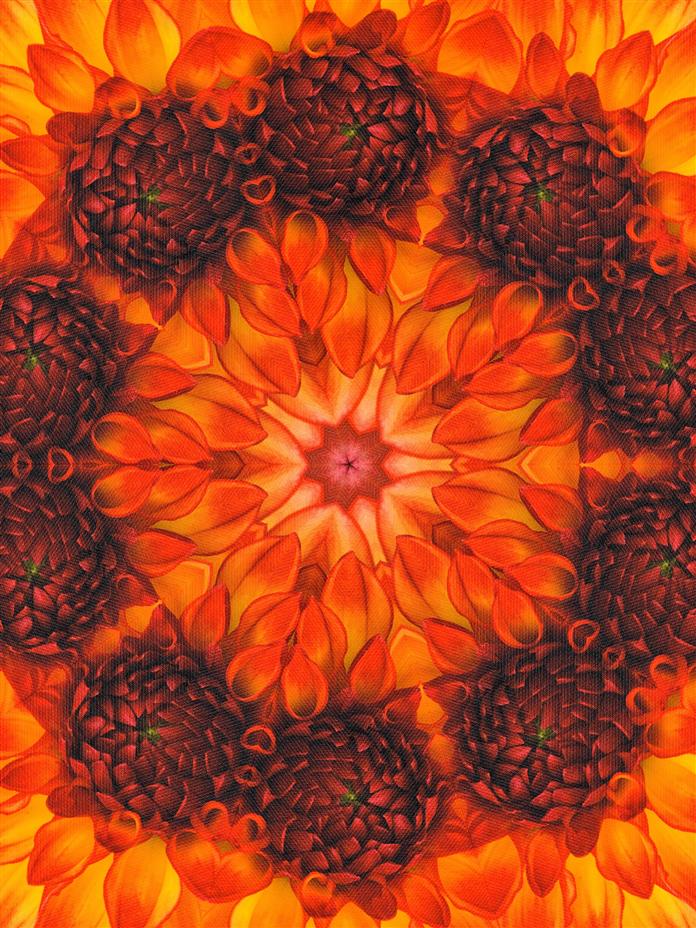
- It has been found that safrole, a substance found in sassafras oil, can cause liver cancer. Therefore, the Food and Drug Administration of America has banned the use of it in food items and drinks.
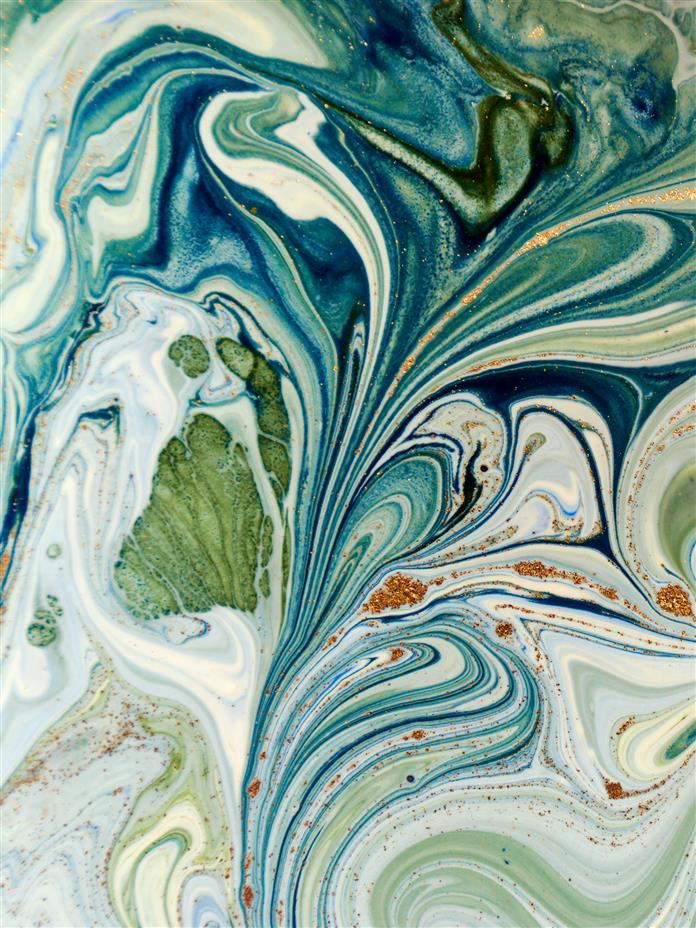
- It is not advisable to consume foods containing sassafras on a regular basis. Pregnant or breastfeeding women should totally avoid having the tea. Also, people suffering from heart diseases and high blood pressure should refrain from it.

Sassafras tea is a fantastic drink that is a favorite among tea drinkers either for its health benefits, or its delicious taste. Despite that, one should always drink it sparingly, as overindulging might not give you a very pleasant experience.
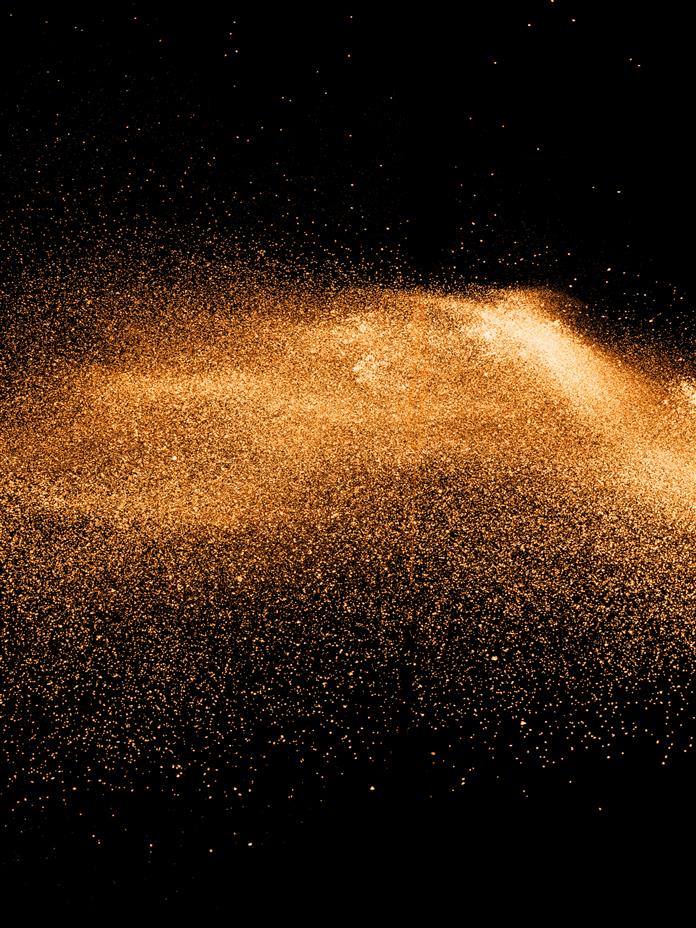
Disclaimer: This is for informative purposes only and should not be substituted for the advice of a medical professional.